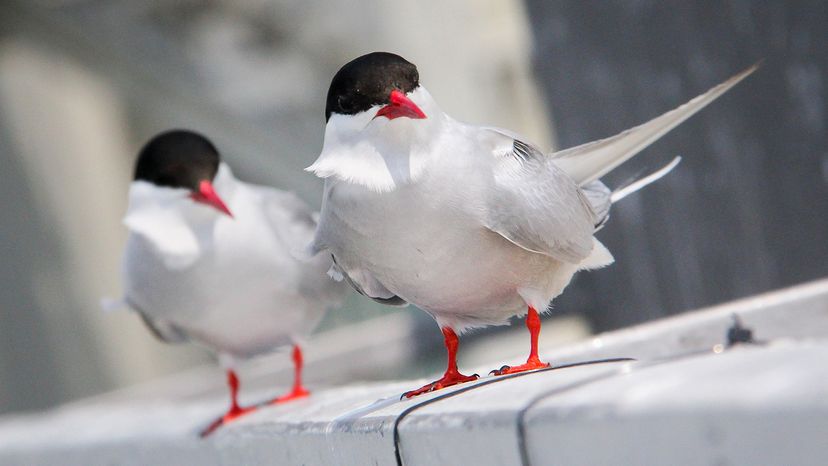
Key Takeaways
- Birds migrate due to changes in daylight, which trigger "migratory restlessness" and are influenced by genetic and environmental factors.
- Migration distances vary widely, with some species traveling thousands of miles, such as the Arctic tern, which migrates from the Arctic to the Antarctic.
- Birds navigate using multiple cues, including the sun, stars, Earth's magnetic field and landmarks, helping them return to the same locations each year.
Most of us are taught from a young age that birds "fly south for the winter," and although that is technically true, it is a gross oversimplification of an incredibly complex process. In North America alone, there are around 900 species of birds, an estimated 75 percent of which migrate. That's a whole lot of wing-flapping going on when the weather turns cool.
That said, there's a huge amount of variation when it comes to the specifics of bird migration, in terms of distance, habits and how they figure out where to go in the first place. It is certainly not a one-feather-fits-all situation.
Advertisement
Advertisement
